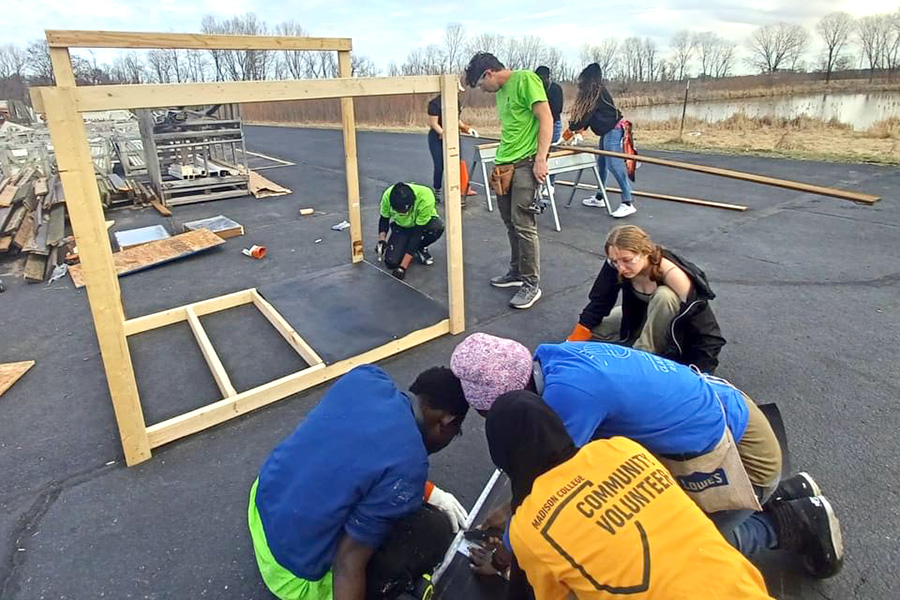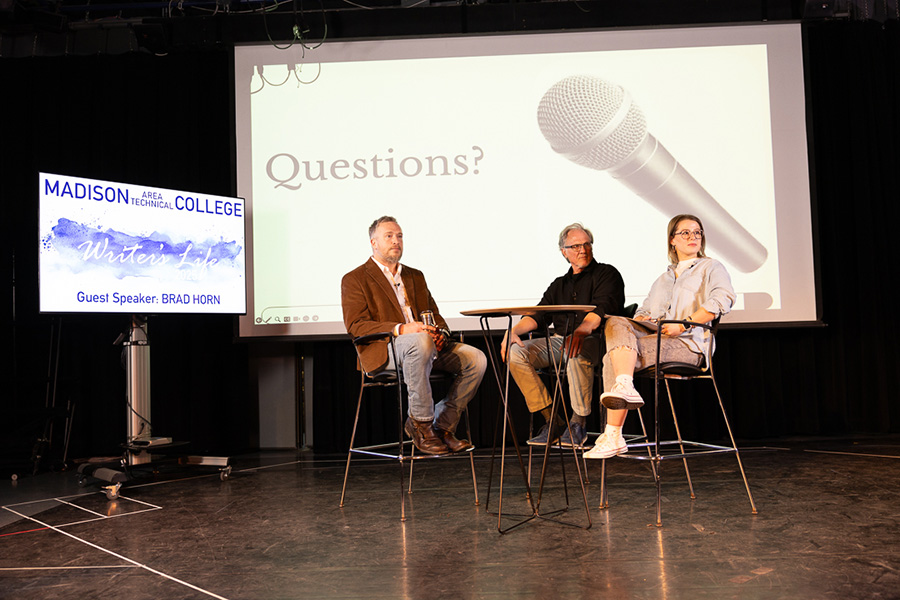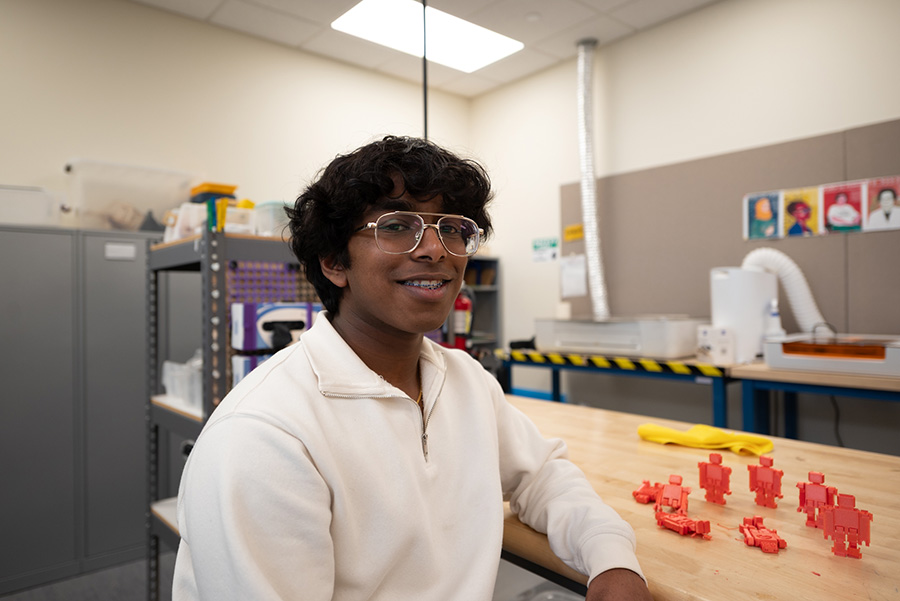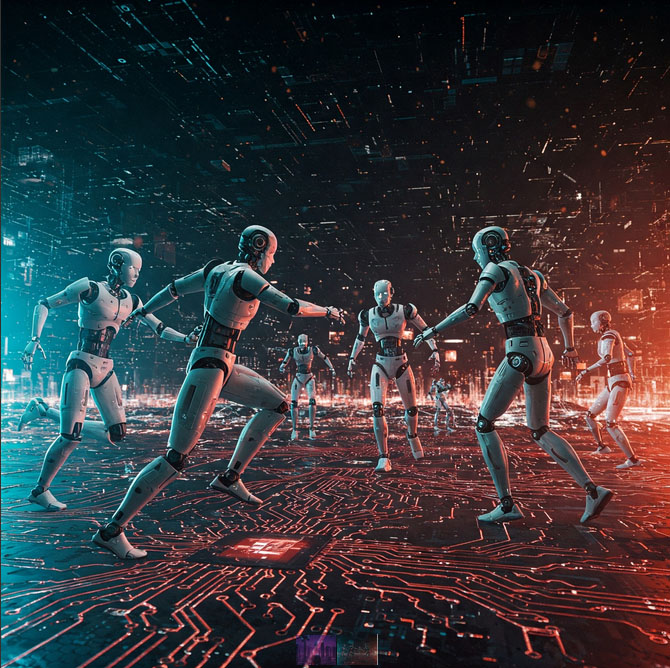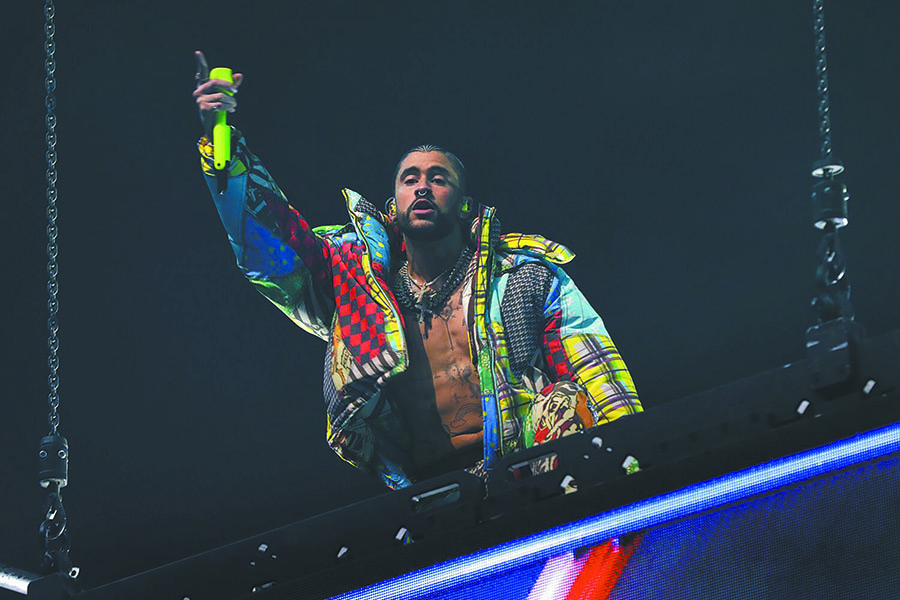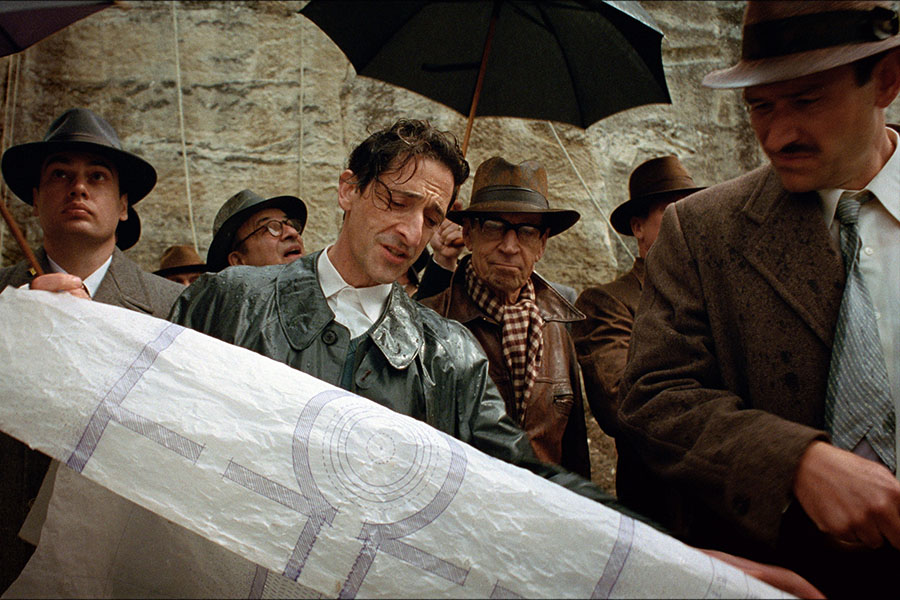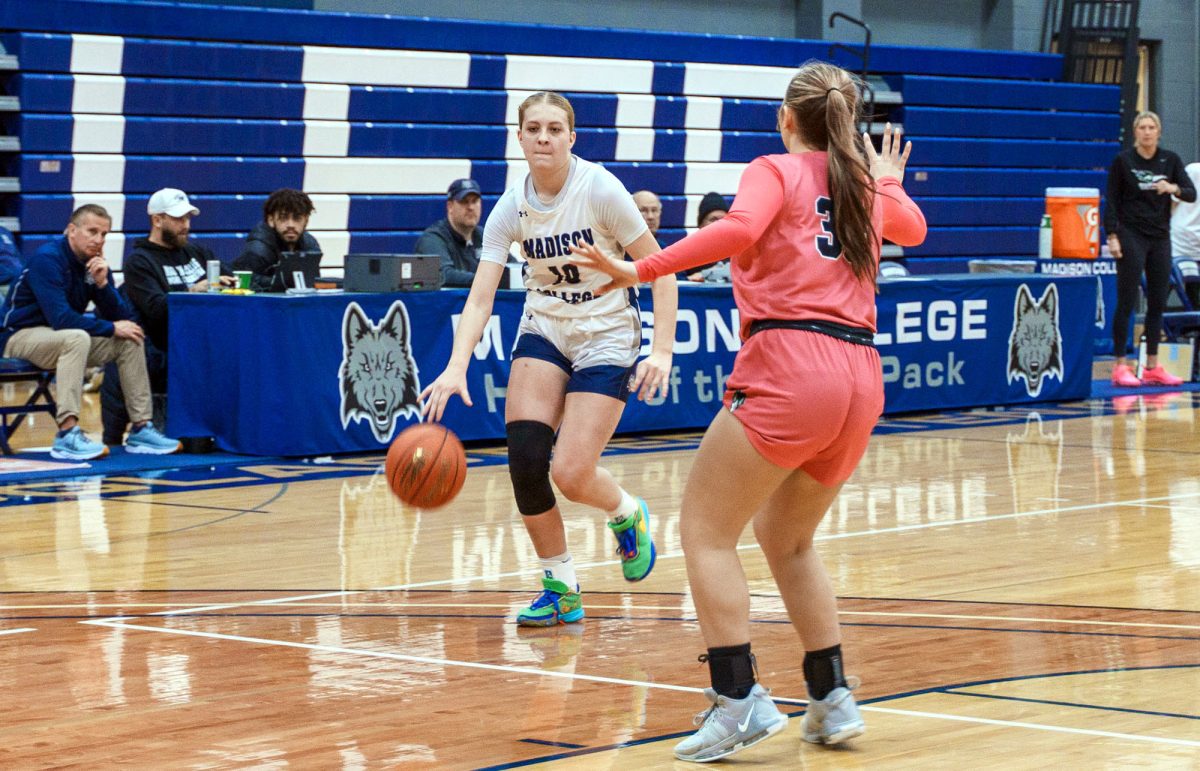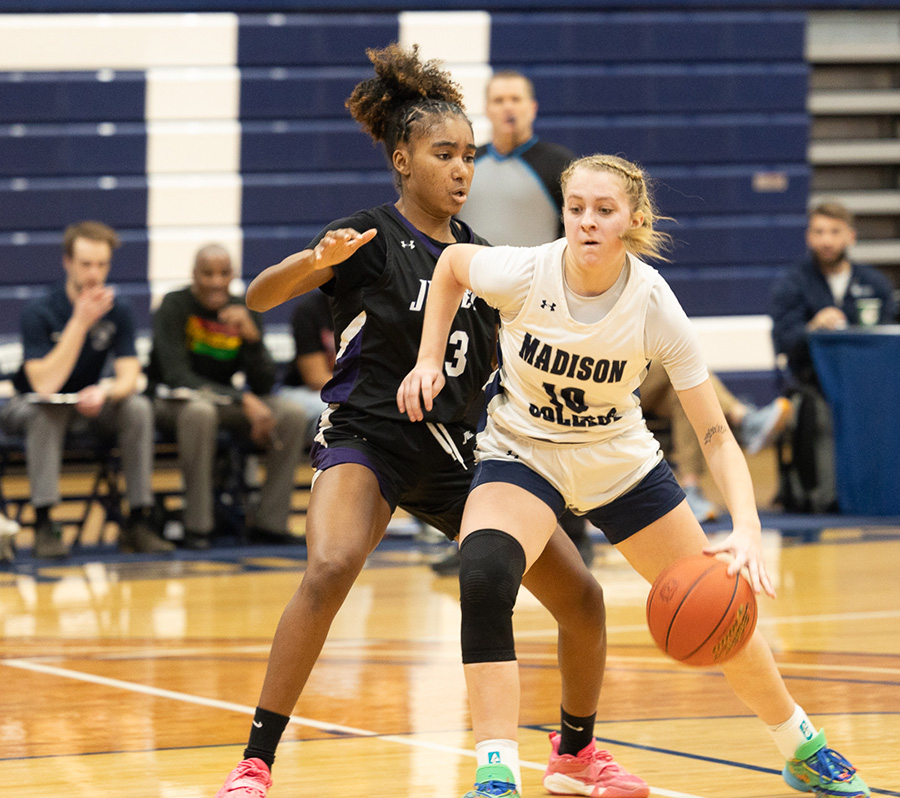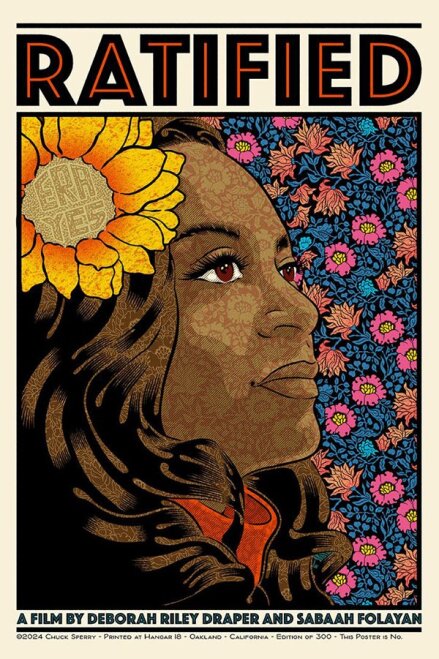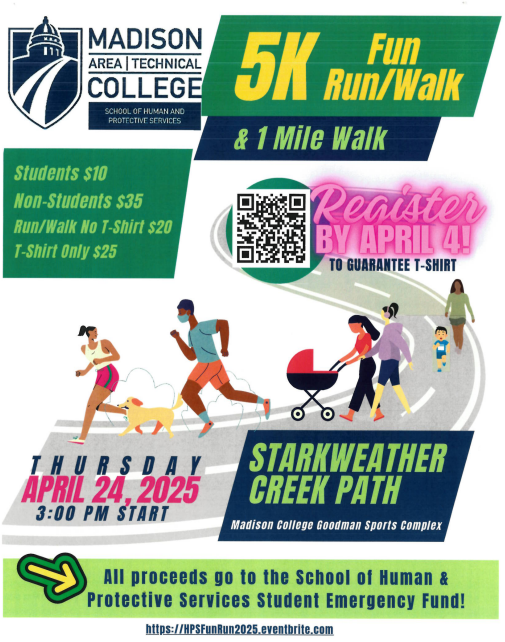What Happened in Milwaukee?
August 23, 2016
Milwaukee has long been a city known for its rich history of blue-collars, Brewers baseball, domestic beers, and social unrest, even predating the 1967 riots that took four lives and resulted in 100 injured civilians and over 1500 arrested.
Now, on the afternoon of Saturday, Aug. 13, a black 23-year-old man named Sylville Smith was reportedly shot and killed by a Milwaukee police officer after he and another man ran away after a traffic stop. Smith was armed with a gun.
Following the death of Smith, locals took to the streets in what some people consider a shocking reaction. Milwaukee Police Chief Edward Flynn, who says the shooting occurred after Smith pointed his gun at the officers, said that the reaction by Milwaukee residents was “quite frankly, unanticipated.”
According to Census data analyzed by the Brookings Institute, Milwaukee is the most segregated city in the country and incarcerates one in eight working age black men living in Milwaukee County. With another shooting of a black man by police, tensions broke in a violent outburst.
The city’s north side neighborhood Sherman Park caught fire and national attention Saturday night as people smashed windows and decimated local businesses, including a BP gas station. According to DeShawn Corprue, a Milwaukee resident living near the now-charred station, not much could have been done to stop the people’s reaction. “People are just so angry,” he says.
Still, some city officials blame the sudden upheaval on a lack of transparency regarding the details of the officer-involved shooting, details like the race of the officer and the body camera footage.
The officer, whose name has not yet been made public by the department, has been identified by one news report as a 24-year-old patrolman.
What many of the protesters did not know is that the officer involved in the shooting is himself a black man, and according to some accounts was acquainted with Mr. Smith.
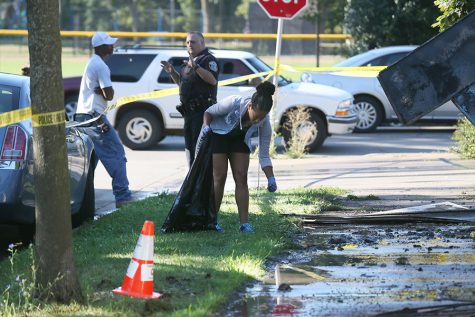
After joining hands and praying for peace, Sherman Park neighborhood residents take plastic bags and cleanup gear and pick up debris from the area where the BP gas station was burned
Details such as these sometimes prove beneficial in deescalating emotionally charged social situations. Many news sources have chosen to keep the officer’s identity out of their reports in an effort to shield him and his family from the death threats which have been pouring in since his identity was discovered and his personal information was circulated by social media.
Chief Flynn has pointed some of the blame on a recent demonstration by a Chicago chapter of the Revolutionary Communist Party, saying, “There is ample opportunity for second-guessing, I’m sure.”
Since the 1967 riots, little has changed for the city’s black community living on the north side and other parts of Milwaukee. Many continue to struggle with a lack of job opportunities, financially crippled public schools, drugs, and poverty.
A few weeks before the Milwaukee shooting, Milwaukee County Sheriff David Clarke spoke at the Republican National Convention in Cleveland strongly criticizing the Black Lives Matter movement as anarchy, and was one of several black Republicans at the convention to assert that “Blue Lives Matter.”
These controversial statements made on a national stage highlight the conflict within Milwaukee, and how it reflects the hostility between police and black communities across the country.
Following Gov. Walker’s activation of the National Guard, the arrest of 14 civilians, and the nonfatal shooting of an 18-year old man, citizens have taken to the streets in an effort to clean up the mess.
Local religious groups have been holding prayer sessions for those participating in the clean up, providing beverages and snacks for the people there, made up of all race and ethnicity.


